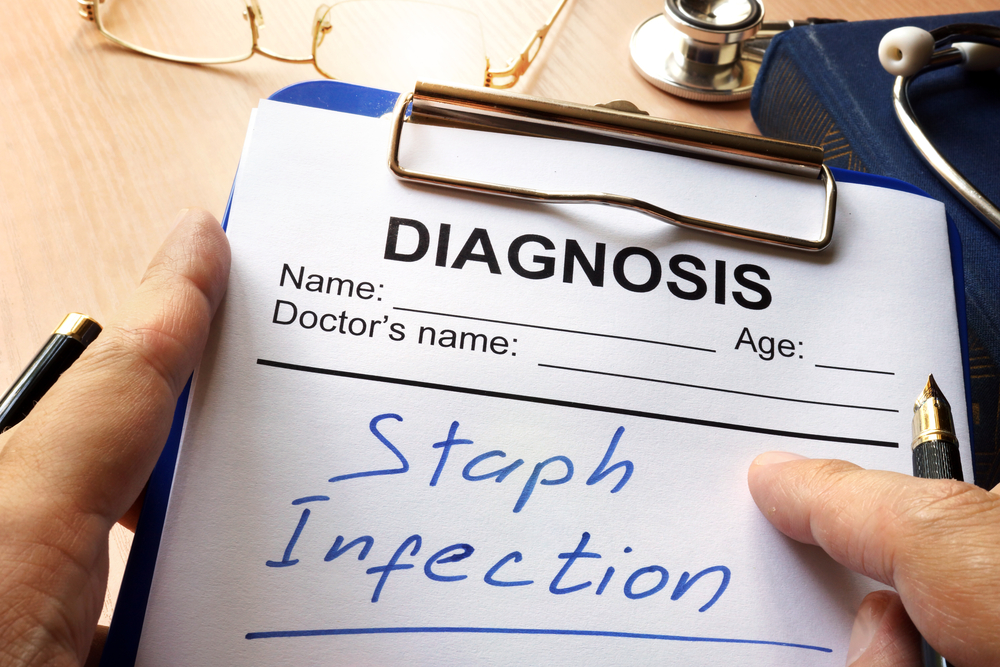Methicillin-resistant Staphylococcus aureus, called as MRSA, is a kind of Staphylococcus aureus that is resistant to the antibiotic methicillin and other drugs in this class.
Skin infections
Boils. This is the most popular infection; it is a pocket of pus that builds in an oil gland or a hair follicle. The skin over the affected area normally changes to red and becomes swollen.
When a boil ruptures, it results to draining of pus. Boils are seen under the arms or around buttocks or the groin.
Impetigo. This skin infection is usually painful, contagious and develops blisters that may release fluid. This results in the formation of honey-coloured crusts.
Cellulitis. This infection occurs in the deeper layers of the skin and results in skin redness and swelling on the skin surface. Ulcers or oozing on the skin may also happen.
Staphylococcal scalded skin syndrome. This scalded skin syndrome is caused by the toxins produced by staph. It is commonly seen on babies and children.
Blisters, rash and fever are the common symptoms of this infection. If the blister bursts, the outer layer of skin comes off and leaves a raw, red surface that looks like a burn.
Food poisoning
Staph bacteria are known for food poisoning. The symptoms last for half a day and they disappear by themselves.
The common symptoms of staph food poisoning are:
- Dehydration
- Nausea and vomiting
- Low blood pressure
- Diarrhea
- Septicemia
Toxic shock syndrome
This serious and life-threatening condition is caused by toxins of staph bacteria. The common symptoms are:
- Nausea and vomiting
- Abdominal pain
- A high fever
- Confusion
- Septic arthritis
- Muscle aches
- Diarrhoea
- A rash on your palms and soles that resembles sunburn
Septic arthritis is a result of staph infection. The bacteria often infect the knees, hips, shoulders, fingers and toes.
Signs and symptoms are swelling, severe pain on the infected joint and fever.


